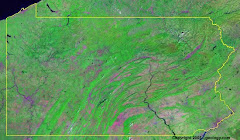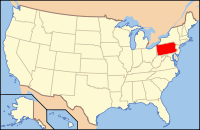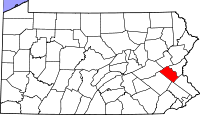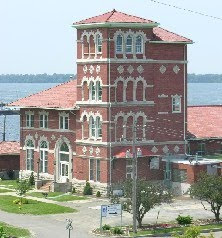
This picture is copied from the following web site (Buy Local, Buy Pennsylvania/Lehigh Valley):
http://www.buylocalpa.org/lehighvalley
Today I bought some produce and baked goods from the Farmers' Market at the Allentown Fairgrounds on Chew Street. I enjoy browsing in the market - there is a wide variety of stands and products. I think the farmers' market has existed for well over 100 years. Many stands are run by Mennonites or Amish people - others by Middle Eastern restaurants or Polish food importers - you can drop by and learn some Polish phrases!
The poster above depicts the "Pennsylvania Buy Fresh Buy Local" program, which is a coalition of organizations and volunteers that provide information to the public about locally produced farm and food products. Consumers can become familiar with the local geography while supporting the economy in their area. Local foods are special - they are fresh because they don't have to be shipped, and they are unique to the region where they are grown or produced.
A variety of information is available at this web site on places to purchase products. There are lists of farm and farmers' markets, wineries, and restaurants and stores that use locally produced foods.
Local organizing efforts are part of a larger coordinated effort - the link below provides more networking information:
Pennsylvania Association for Sustainable Agriculture (PASA)
Eat Hearty!




